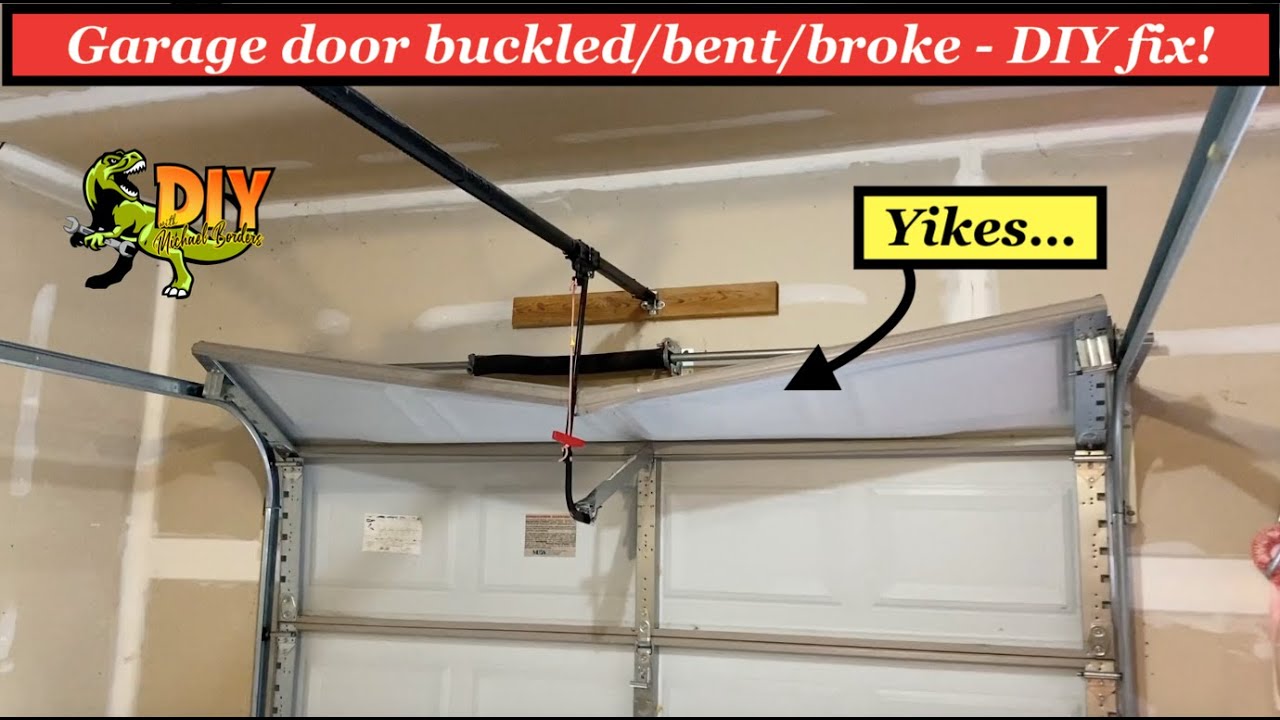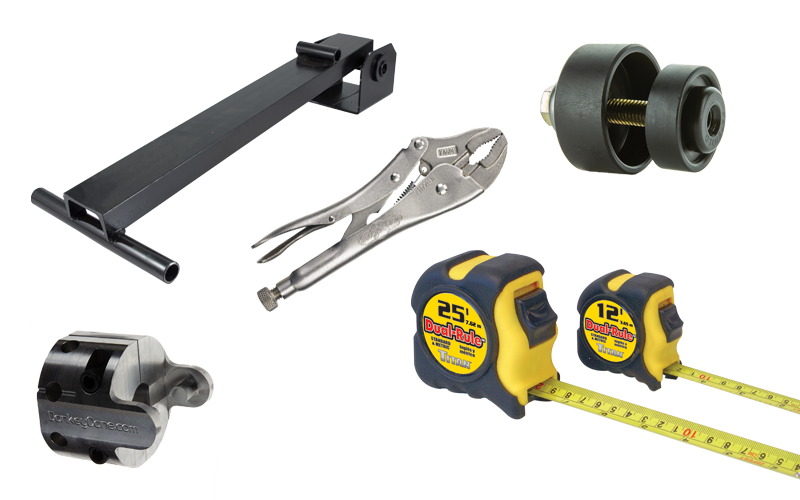Before diving into repairs, it's important to understand what causes garage doors to bend. Common reasons include:
Accidental Impact: The most frequent cause is collision, often from vehicles or objects obstructing the door's path.
Material Fatigue: While steel doors are sturdy, even they can succumb to stress over time. Aluminum, though lightweight, may be more prone to denting.
Weather Extremes: Harsh conditions and temperature fluctuations can warp door materials, especially with wooden or poorly insulated doors.
Improper Installation: A door that wasn't installed correctly from the start is more likely to develop alignment issues and bends.
Neglected Maintenance: Skipping routine checks can lead to small problems becoming big bends.
Spring Tension Issues: Improperly adjusted springs can cause uneven stress on the door panels.
Assessing the Damage: Is It Fixable?
Before grabbing your toolbox, take a moment to evaluate the extent of the damage:
Conduct a Visual Inspection: Look closely at the bent area. Is it a small dent or a major warp affecting multiple panels?
Check Functionality: Open and close the door. Does it move smoothly, or is there resistance?
Examine the Tracks: Are they aligned properly, or has the bend caused misalignment?
Consider the Door's Age: An older door might warrant replacement rather than repair, especially if this isn't its first bend.
Safety First: If the door is severely damaged or the springs appear compromised, it's time to call a professional.

Tools of the Trade: What You'll Need
If you've determined the bend is minor enough for a DIY fix, gather these tools:
- Rubber mallet and wooden block
- C-clamps or locking pliers
- Pry bar
- Level
- Screwdriver set
- Wrench set
- Safety glasses and work gloves
For more extensive repairs, you might also need:
- Auto body filler and sandpaper
- Paint matching your door's color
- Replacement hardware (if needed)

The Repair Process: Step by Step
Secure the Work Area Disconnect the garage door opener and clear the space around the door. Safety should be your top priority.
Address Minor Dents For small dents:
- Place the wooden block against the dent on the opposite side of the door.
- Gently tap the block with the rubber mallet to push the dent out.
- Be patient and work gradually to avoid creating new dents.
Realign the Door If the door is misaligned:
- Loosen the screws on the track brackets.
- Gently tap the tracks into alignment using the rubber mallet.
- Use a level to ensure the tracks are perfectly vertical.
- Retighten all screws securely.
Fix Bent Panels For more significant bends:
- Use C-clamps to hold the bent section in place.
- Carefully bend the panel back into shape using steady, even pressure.
- If the panel is severely damaged, consider replacement.
Adjust Spring Tension Caution: Spring adjustment can be dangerous. If you're unsure, this is a job best left to professionals.
- For extension springs, adjust the S-hooks or chains to even out tension.
- For torsion springs, use winding bars to make small adjustments to the spring coils.
Lubricate Moving Parts Apply a silicone-based lubricant to hinges, rollers, and springs to ensure smooth operation.
Test and Fine-Tune Open and close the door several times, making small adjustments as needed to ensure smooth operation.

Preventive Measures: Keeping Your Door in Shape
Regular maintenance is key to preventing future bends:
Monthly Inspections: Check for loose hardware, worn rollers, or signs of wear.
Lubrication Schedule: Apply lubricant to moving parts every three months.
Balance Check: Release the door from the opener and lift it manually. It should stay in place when half-open. If not, the springs need adjustment.
Weather Stripping: Replace worn weather stripping to prevent moisture and debris from affecting the door's operation.
Gentle Operation: Avoid slamming the door or forcing it if there's resistance.
When to Call the Pros
While DIY repairs can save money, some situations require professional expertise:
- Multiple panels are damaged
- The door is off its tracks
- Springs are broken or severely worn
- Electronic components are malfunctioning
- You're uncomfortable with any aspect of the repair
Professional garage door services typically charge between $150 to $350 for most repairs, with costs varying based on the extent of damage and your location.
Conclusion
A bent garage door doesn't have to be a permanent problem. With the right approach, many issues can be resolved at home. However, always prioritize safety and know your limits. Regular maintenance and prompt attention to minor issues can prevent more serious problems down the line, ensuring your garage door operates smoothly for years to come. Remember, when in doubt, it's always wise to consult with a professional to keep your home safe and your garage door in top condition.

